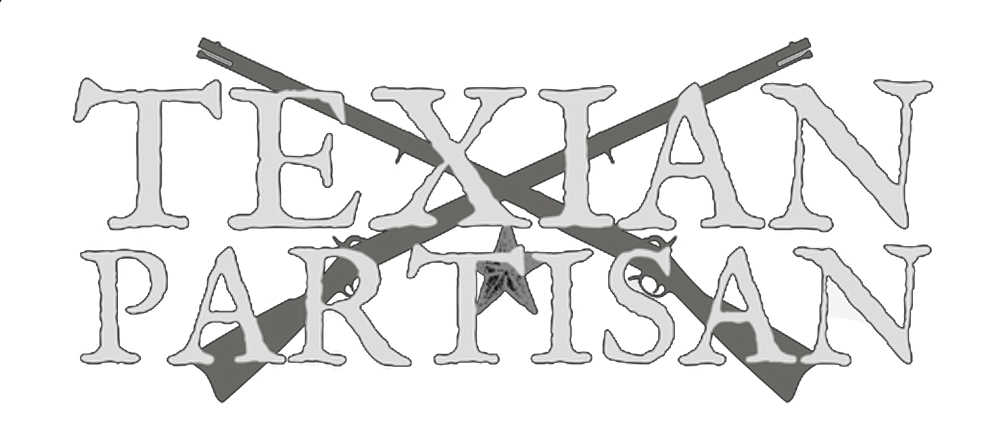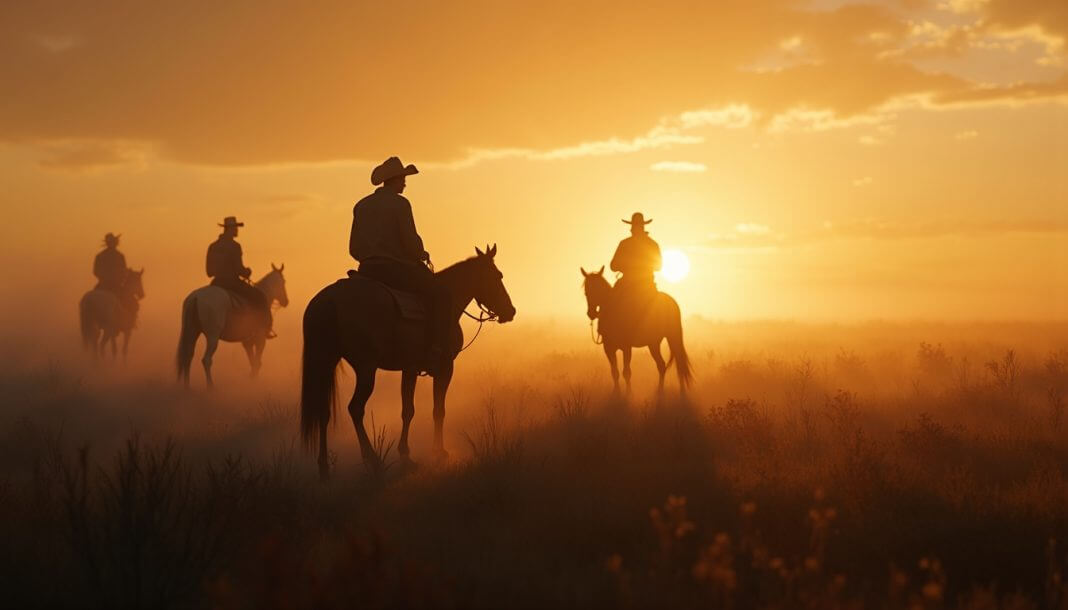The brittle winter grass crunched beneath their boots as James Bowie’s cavalry pressed forward through the mesquite thickets. November 26, 1835, dawned cold and crisp near Alazan Creek, five miles southwest of San Antonio de Béxar. The glint of morning sunlight caught rifle barrels as forty mounted Texians prepared to intercept what they believed was a Mexican treasure convoy carrying silver to pay enemy troops.
For days, rumors had circulated through the Texian camp during the Siege of Béxar about an approaching Mexican supply train loaded with gold and silver. The men had been fighting without pay, their pockets empty and their resolve tested by weeks of cold weather and meager rations. When scouts reported a mule train approaching San Antonio, General Edward Burleson ordered Bowie and his cavalry to investigate and, if necessary, attack.
Bowie spotted the Mexican convoy about a mile from town, crossing a dry ravine near the confluence of the Alazan, Apache, and San Pedro Creeks. The pack animals moved slowly, their heavy loads suggesting the precious cargo the Texians desperately hoped to capture. Behind Bowie’s mounted force, one hundred Texas infantry under William H. Jack followed on foot, ready to seize whatever riches the mules carried.
The crack of rifle shots shattered the morning quiet as Bowie’s men charged. The Mexican escort, caught off guard by the sudden assault, scattered in confusion. Mules brayed and bolted in every direction, their packs bursting open as they fled through the brush. The mounted forces exchanged volleys of gunfire, the reports echoing across the creek beds and rattling the bare mesquite branches.
Within minutes, the brief skirmish ended. The Mexican cavalry retreated toward San Antonio while Texian forces secured the abandoned pack train. Hearts pounding with anticipation, the men gathered around the scattered cargo, expecting to find bags of silver coins that would solve their financial woes and fund their revolution.
“Break open the boxes!” Bowie commanded, his voice carrying across the battlefield. The men tore into the heavy packs with their knives and bare hands, anticipation building with each cut. But instead of the glint of precious metal, they found only dried grass—fodder intended for the Mexican army’s horses.
The disappointment was immediate and bitter. Men who had risked their lives for what they thought was treasure found themselves holding handfuls of hay. Yet this apparent failure would earn its place in Texas history as the “Grass Fight,” a name that captured both the anticlimax of the moment and the determination of men willing to fight for their cause regardless of personal gain.
The strategic importance of the engagement became clear in the days that followed. By capturing the Mexican cavalry’s forage, the Texians had denied General Martín Perfecto de Cos crucial supplies for his horses. This small victory weakened the Mexican garrison’s ability to conduct mounted operations and contributed to the eventual fall of San Antonio in December.
More importantly, the Grass Fight demonstrated the character that would define the Texas Revolution. These men had charged into battle not knowing what awaited them, driven by the same spirit that would later inspire the defenders of the Alamo and the victors at San Jacinto. They fought not for personal enrichment but for the principle of self-determination that had brought them to Texas soil.
James Bowie’s leadership during the engagement exemplified the Texas approach to adversity: assess the situation, take decisive action, and adapt when reality doesn’t match expectations. The man who would later die defending the Alamo showed on this November morning that Texas independence would be built not on dreams of easy wealth but on the willingness to fight for freedom even when the rewards remained uncertain.
The Grass Fight stands as proof that the spirit of Texas independence was never about material gain. The same men who laughed at finding grass instead of gold would continue their siege of San Antonio, eventually forcing the Mexican garrison to surrender. They understood that true victory lay not in captured treasure but in the establishment of a free and independent Texas.
Today, as Texans consider their relationship with a federal government that increasingly ignores their interests and values, the lesson of the Grass Fight remains relevant. The men who fought near Alazan Creek on November 26, 1835, showed that the pursuit of self-government requires sacrifice, determination, and the willingness to continue fighting even when immediate rewards prove elusive. Their legacy reminds us that the foundation of Texas independence was built not on silver and gold, but on the indomitable spirit of a people determined to govern themselves.


